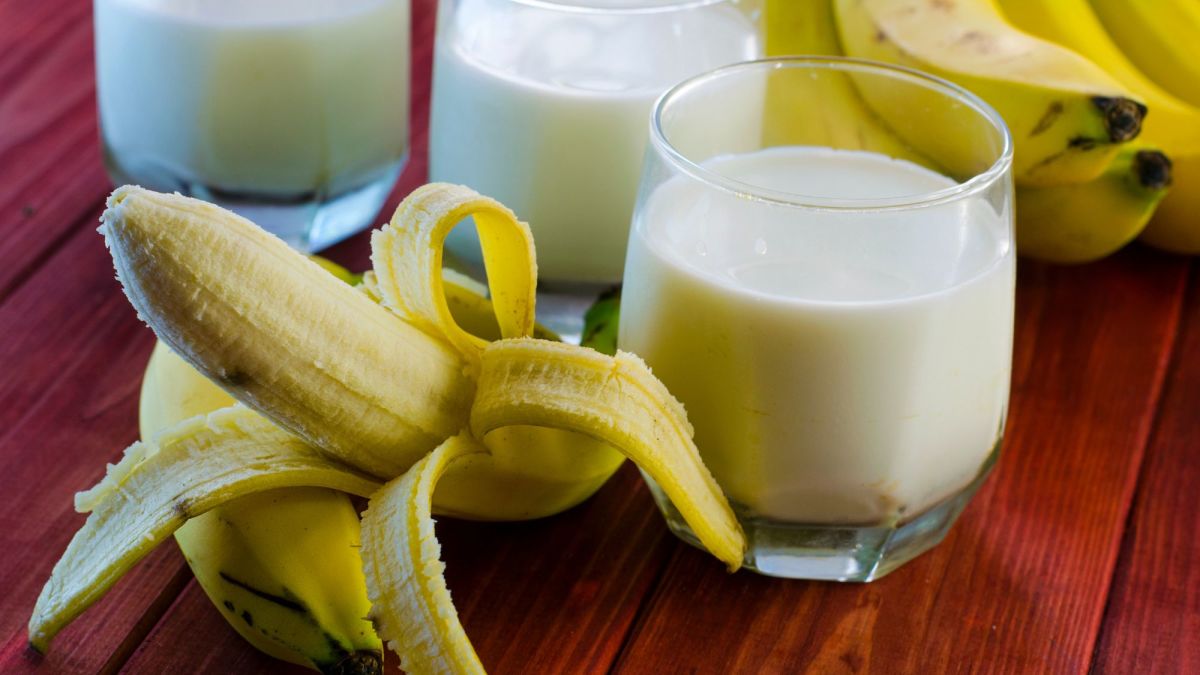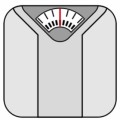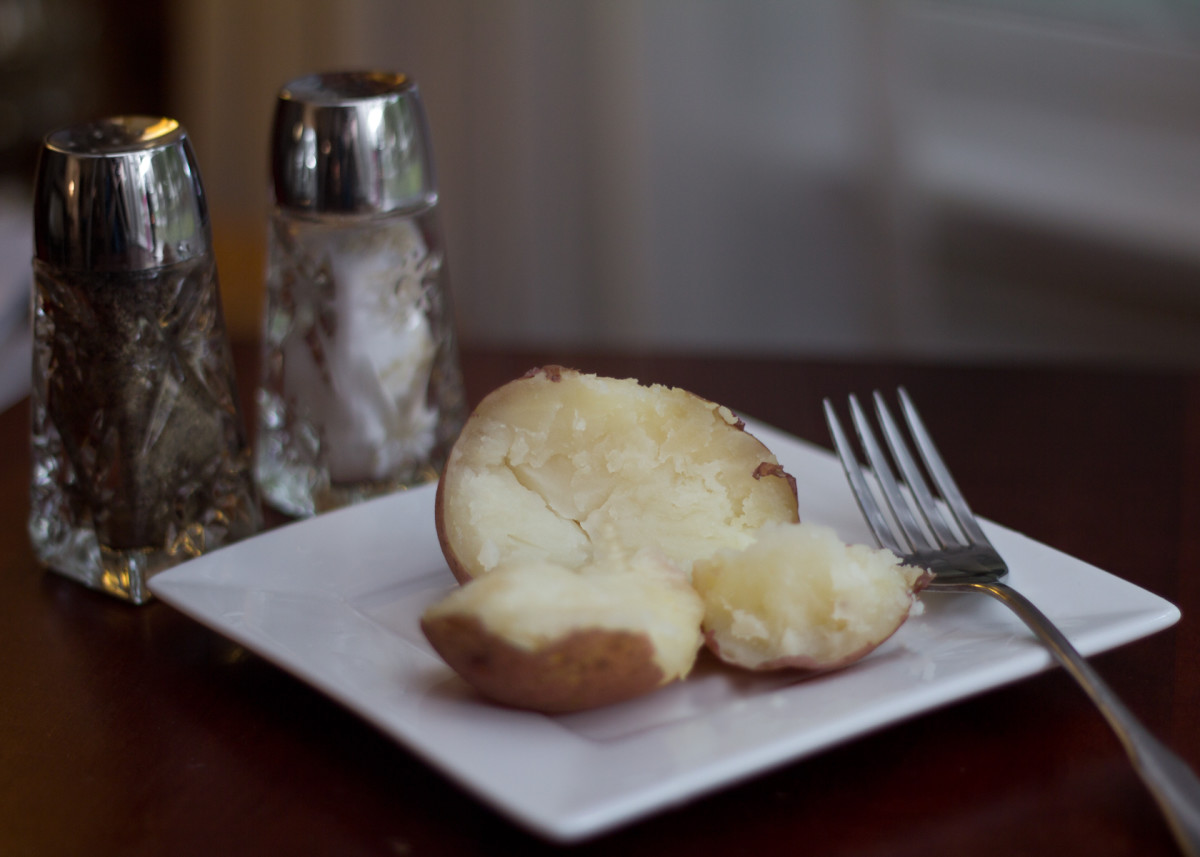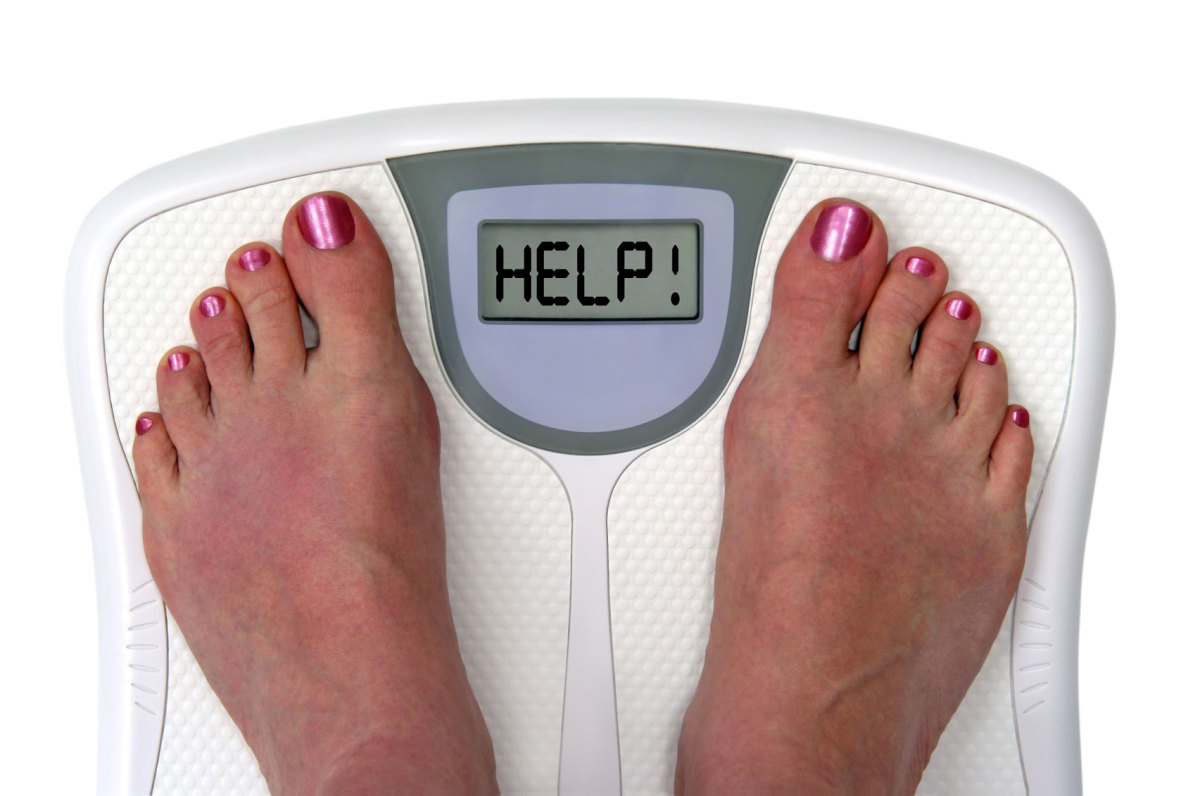How to Create a Diet Plan with Food You Actually Like
About the Author
Abby Campbell, BSc, SFN, SSN, CPT, is a leading professional fitness and nutrition expert, researcher, and published author of One Size Does NOT Fit All Diet Plan, one of Amazon's Top Gluten-Free and Weight Loss Diets. (You may read more about Abby at the bottom of this article.)

Planning Meals Can be Fun
It can all seem humdrum! That is with diet or meal planning. Who wants to count calories? Much less, who wants to count macronutrients (i.e., proteins, carbohydrates, and fats)? Just thinking about all those calculations can throw you for a spin! Much more, who has time for planning meals when life is already so busy? These are probably just a few of the thoughts that have gone through your mind, though you know you must have a plan because what you're doing right now is just not working. A meal plan doesn't have to be difficult. Sure, it may take some time to gather all the information and put it together to begin with. However, it's no different than putting a plan together for business or vacation. However, it's just as important as it involves your health. To stay on track and reach any goal, plans are required. Meal planning is a bit different than planning a business project or your next trip to Hawaii. With each one of those, you have to start from scratch. With meal planning, you don't. You can rotate and reuse the plans you originally made. So, where do you begin?
9 Healthy Habits
- Eat at regular intervals.
- Eat natural foods.
- Eat protein with every meal & snack.
- Love your veggies & fruit.
- Limit starchy carbs around workouts.
- Don't be afraid of dietary fat.
- Include water & teas.
- Stick to the 90/10 rule (have a treat).
- Learn to cook.
Planning begins after knowing the principles of good eating.
Before you plan for a vacation to Hawaii, you must know a little about the place. After all, you had to know something for having a desire to visit there. Right? With diets, you also have to know where to begin. It would be best to know the principles of good eating. There are 9 principles in all. By knowing them, it will be easier in planning. To your right, you will see a synopsis of the 9 principles. However, you may go to my article How to Eat a Good Diet: 9 Helpful Tips for Healthy Eating to read more about each.

No calorie counting!
You may be astonished to hear there will be no calorie counting with the diet plan guidelines here. When most people go on a diet, they presume they need to get their calculator out to start planning. It's not so! Most people are actually doing themselves an injustice because they really don't know what they're doing. Besides, a good diet plan isn't just about calculating calories. It's also about calculating macronutrients (i.e., proteins, carbohydrates, fats). Then there's the headache of knowing which type and how much of each carbohydrate to include such as vegetable, fruit, and starch. It's the same for fat too with saturated, monounsaturated, and polyunsaturated. One can make dieting much more difficult than it has to be. If you stick to the 9 principles of good eating as previously mentioned, your meals will be balanced and you won't have to worry about gaining body fat. In fact, you may just lose a few pounds if you're overweight.

A good diet plan is based on your activity levels.
You've probably read a diet book or two. Maybe you've even obtained a diet from a magazine or off the internet. Unfortunately, most of those plans are a one-size-fits-all model. As you know, most people are not all one size. We are all made up of different shapes and sizes, some small and some large. Each one also has different activity levels, some couch potatoes while some are athletes. So, why in the world would all diets on the market give basically the same plan to everyone? A 250 pound man would not be on the same diet as a 140 pound woman! Needless to say, everyone has different tastes as well. Therefore, a diet plan should be personalized with your own activity levels and food preferences (as long as they are healthy). Three diet blueprints will be provided below for different activity days.
- Non-workout, rest, or active recovery days
- Normal workout or cardio days
- Strenuous workout or laborious work days
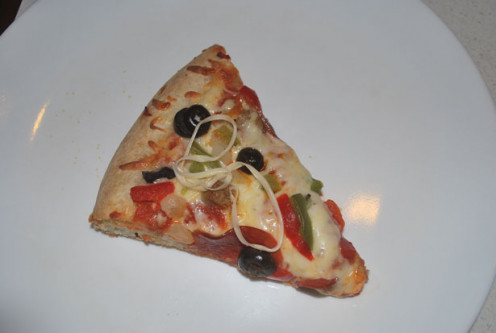
A good diet plan gives you choices based on your tastebuds.
Everything in life is about choice. So it should be with your diet as well! After all, eating is part of human gratification. Right? We should enjoy it, and part of that enjoyment should be the ability to choose the foods we like. Of course, there are still some boundaries we must abide by. Those boundaries revolve around the 9 principles of good eating we talked about earlier, and one of those principles allows for treats. A treat is defined as an event or item that is out of the ordinary and gives great pleasure. To determine how many treats you can have with your diet plan, all you need to do is calculate 10 percent of your meals. If you have three meals and two snacks per day, that is a total of five meals for the day. Multiply that by seven days of the week, and you have a total of 35 meals. Ten percent of 35 is 3.5 meals and/or snacks that you can treat yourself. Now don't go hog wild! If you desire a slice of pizza, then have a slice or two. Just don't eat the whole pizza. Being sensible will keep you within your maintenance calories and keep you healthy.
Your healthy diet plan choices (90 percent)
PROTEIN
| VEGGIE
| FRUIT
| STARCH
| FAT
|
|---|---|---|---|---|
lean red meat
| artichokes
| apple
| beans / legumes
| butters (all nuts too)
|
skinless chicken breast
| asparagus
| applesauce (unsweetened)
| bread (Ezekiel is best; whole grain if you don't have a gluten problem)
| cheese
|
skinless turkey breast
| broccoli
| apricots
| hummus
| oils (avocado, flax, olive, coconut)
|
pork tenderloin
| Brussels sprouts
| banana
| oats (all)
| nuts (all)
|
fish
| cabbage
| berries (all)
| potato (all)
| avocado
|
seafood
| carrots
| cantaloupe
| rice (brown / wild)
| chia seeds
|
egg whites
| cauliflower
| figs
| sweet potato / yam
| avocadococonut (unsweetened)
|
low-fat cottage cheese
| greens (collards, kale, spinach, etc.)
| grapefruit
| egg yolk
| |
Greek yogurt
| eggplant
| grapes
| extra virgin olive oil mayonnaise
| |
tofu
| green beans
| honeydew
| flaxseed
| |
tempeh
| leeks
| kiwi
| olives
| |
mushrooms
| lemons / limes
| |||
okra
| orange (all)
| |||
onions, scallions
| papaya
| |||
pumpkin
| peach
| |||
radishes
| pear
| |||
salsa (low-sodium)
| pineapple
| |||
peppers (all kinds)
| plum
| |||
squash / zucchini
| watermelon
| |||
sugar snap peas
| ||||
tomatoes
|

"What if I can't do 90 percent?"
If you're just beginning a healthy diet plan and have never known one before, it may be more difficult for you to abide by the 90/10 rule. You may feel the ratio is just unrealistic. It's okay. Just start off with a different ratio that you're more comfortable with and work towards the 90/10 rule. To begin, you may want to start with 80/20 or even 70/30. Whatever you feel comfortable with to start, go for it. Every two to three weeks, bump your ratio a little higher until you reach the 90/10 rule. You won't regret it as you will feel healthier and look fitter. That in itself will motivate you towards the 90/10 rule.
How much should I eat?
Your serving sizes are going to depend on you. In fact, your brain knows exactly how much you need and will tell you by your fullness level. Two things to consider when eating so that you don't overeat:
- eat slowly
- eat til only 80 percent full
It may take a week or so to figure when you are actually full. If you're not hungry at regular intervals, then you know you've eaten too much in the previous meal. Try to cut back the next time. If you're ravished by hunger before your next scheduled eating time, then you probably didn't eat enough at the previous meal. Therefore, include more food the next time. Within a couple of weeks, you'll figure out just how much is right for you.
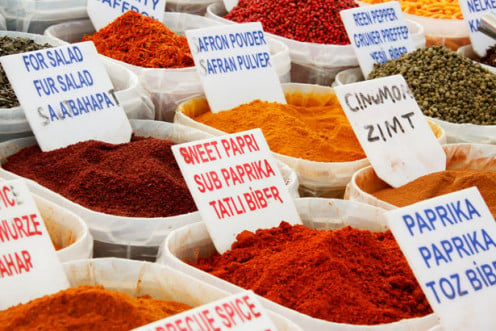
"But... healthy food is so bland and yucky!"
If you think healthy foods are bland and yucky, then you haven't had enough of the good stuff! There are plenty of unhealthy, pre-packaged foods that are bland and yucky too. You just have to find the right spices, rubs, and marinades to make delicious meals. Don't give up on healthy eating just because of your past experiences.
Blueprint samples for your diet plan
Below are the three blueprints for a healthy diet plan based on your activity levels. Fill each blank with the foods you enjoy in the healthy choices list above.
Blueprint Diet Plan for Non-Workout, Rest, or Activity Recovery Days
MEAL
| PROTEIN
| VEGGIE
| FAT
|
|---|---|---|---|
Breakfast
| eggs & turkey sausage
| sauteed onions & bell peppers
| (included in egg yolk)
|
Lunch
| grilled chicken breast
| Romaine, cucumbers, onions, tomatoes (made into a side salad)
| 2 Tbs. natural salad dressing
|
Afternoon Snack
| protein shake
| celery & carrot sticks
| natural peanut butter for your celery
|
Dinner
| grilled salmon
| broccoli flowerets
| Parmesan cheese for your broccoli
|
Bedtime Snack
| Greek yogurt
| cucumber slices
| chia seeds for your Greek yogurt
|
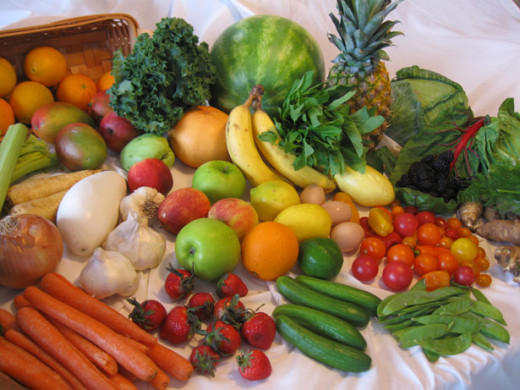
Blueprint Diet Plan for Normal Workout & Cardio Days
MEAL
| PROTEIN
| VEGGIE
| FRUIT
| FAT
|
|---|---|---|---|---|
Breakfast
| scrambled eggs & salmon
| green peppers & onions
| NONE
| (included in egg yolks)
|
Lunch
| turkey or lean beef burger
| tomato slices
| NONE
| slice of Cheddar cheese
|
Afternoon Snack (Post Workout)
| whey protein shake
| (optional)
| apple
| NONE
|
Dinner
| flank steak
| asparagus
| NONE
| coconut oil for asparagus
|
Bedtime Snack
| low-fat cottage cheese
| (optional)
| berries
| walnuts
|

Blueprint Diet for Strenuous Workout or Laborious Work Days
MEAL
| PROTEIN
| VEGGIE
| FRUIT
| STARCH
| FAT
|
|---|---|---|---|---|---|
Breakfast
| eggs & turkey bacon
| spinach
| NONE
| NONE
| (included in egg yolks)
|
Lunch
| tuna (canned in water)
| Romaine, tomatoes, onions, carrots (salad)
| NONE
| NONE
| 2 Tbs. natural salad dressing or extra virgin olive oil mayonnaise
|
Afternoon Snack
| chocolate protein shake
| (optional)
| apple
| walnuts
| |
Dinner (Post Workout)
| tilapia fish
| broccoli flowerets
| NONE
| sweet potato
| NONE
|
Bedtime Snack
| hard-boiled eggs
| (optional)
| grapefruit
| NONE
| (included in egg yolks)
|
Get Abby's Book Today!

A little planning goes a long way!
As you can see, a good diet plan doesn't have to be difficult. By taking 10 to 15 minutes each morning to plan out your day's meals, you will be organized. Save your meal plans and rotate them. This makes planning and shopping for groceries much easier. After a couple of weeks, you'll have this downpat. The previous 10 to 15 minutes will turn into 3 to 5 minutes. That's much shorter than standing in line at the fast food restaurant, and it's much healthier too!
If you need a little extra help, find a good diet planner that will assist you. There are plenty available for weight loss, maintenance, and weight gain.

Tell Us What You Think
You're reading "How to Create a Diet Plan with Foods You Actually Like" by Abby Campbell. Please leave a comment and tell us what you think below. Then share the article with your family and friends. You may even share on Facebook, Twitter, or Pinterest (buttons to your right).


About the author
Abby Campbell, BSc, SFN, SSN, CPT, is a leading professional fitness and nutrition expert, researcher, and published author. For the past 10 years, she has coached thousands of women locally and online to lose body fat and lead healthy lifestyles. Her clients have lost thousands of pounds, reclaimed health, and call her “Coach No Gimmick.” She is from Northern Virginia but now resides near Charlotte, North Carolina. Abby has been married for 20 years and has three grown daughters, one of which is autistic. She is a 19 year cancer survivor.
Enjoy more of Abby's hubs!
- How to Maintain and Care For Weights or a Dumbbell S...
Learn how to care for and clean your weights and dumbbell sets properly, how to remove rubber smell to new rubber weights, and how to remove rust from metal barbells and weights. - 9 Steps to Reach Your Weight Loss Goals
Reaching your weight loss goals includes overcoming any weight loss plateau and boosting metabolism. This can be accomplished through setting goals as well as incorporating good weight loss plans.



